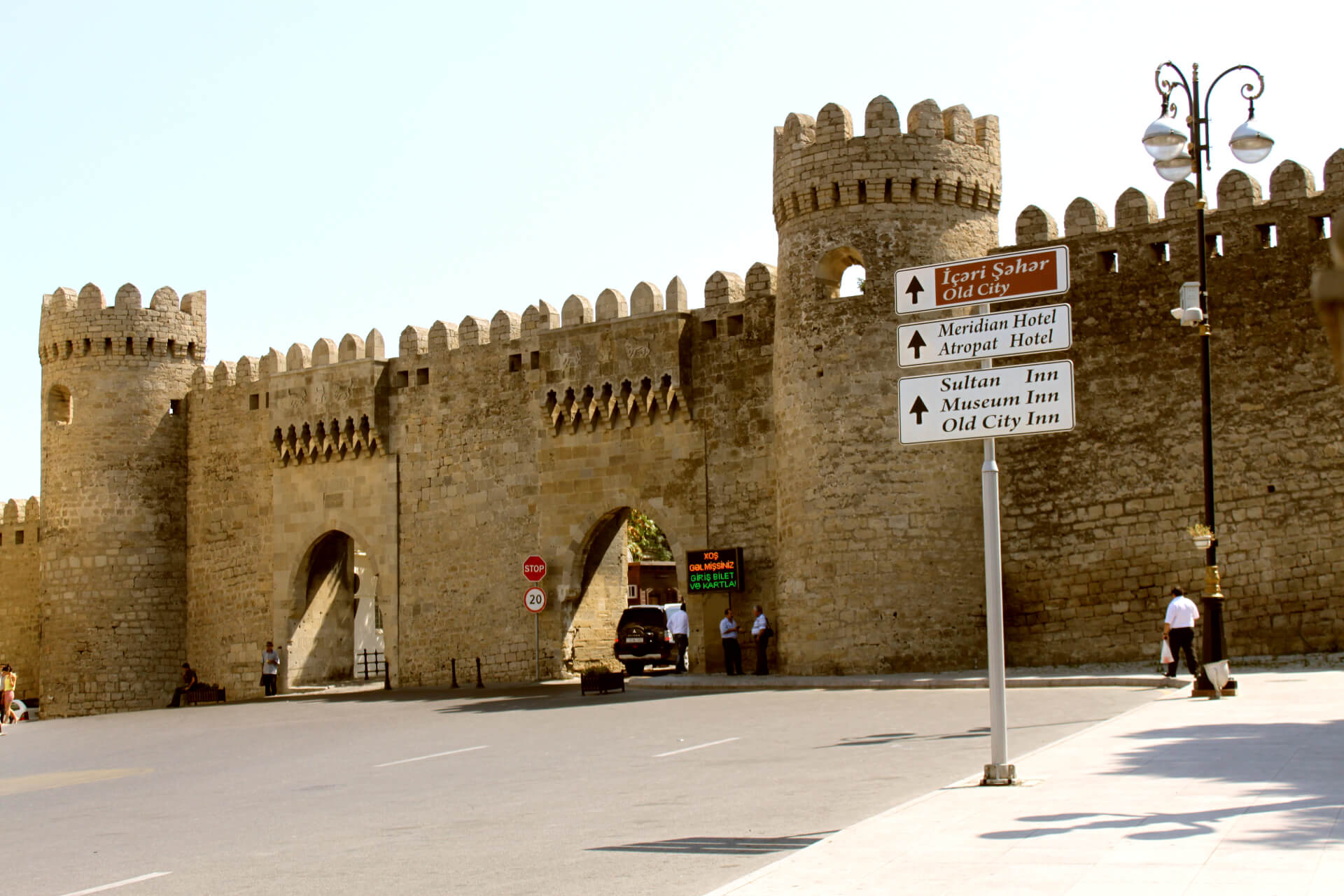Qoşa Qala (Double Walls) : Baku’s Ancient Fortifications and Historical Significance

Qoşa Qala (Double Walls) : Baku’s Ancient Fortifications and Historical Significance
Located in the heart of Baku, the Qoşa Qala (Double Walls) are one of the most fascinating historical landmarks of the city, offering a glimpse into Azerbaijan’s rich medieval past. These double defensive walls date back to the 12th century and are a testament to Baku’s strategic importance throughout history.
The term “Qoşa Qala” translates to “Double Walls”, which refers to the two layers of fortifications that once protected the ancient city of Baku from invaders. These walls are part of the Icherisheher (Old City), a UNESCO World Heritage site, and offer an invaluable insight into Baku’s long history as a thriving trade and cultural center in the medieval period.
Historical Background of Qoşa Qala
Baku, due to its strategic location on the Caspian Sea, was a prime target for invasions and raids throughout its history. The Qoşa Qala walls were built as part of the city’s extensive fortification system to protect the city and its inhabitants. The structure was designed to defend Baku not only from land-based attacks but also from naval threats, given Baku’s position on the Caspian coast.
The double walls were constructed during the Shirvanshah dynasty, around the 12th century, under the reign of Shirvanshah Akhsitan I. The purpose of the fortifications was to strengthen the defenses of the city, ensuring its survival during times of conflict.
The walls are an example of medieval Azerbaijani architecture, with advanced engineering techniques that were innovative for their time. The inner and outer walls are designed in such a way that they allowed defenders to protect the city from multiple angles, providing both offensive and defensive advantages during times of siege.
The Qoşa Qala walls stretch for several hundred meters, and their construction showcases the ingenuity and military strategy of the period. Key features of the walls include:
-
Two Layers of Walls: The most prominent feature of the Qoşa Qala is the two distinct layers of defensive walls. The outer wall was meant to ward off invaders, while the inner wall provided a secondary line of defense, offering more protection to the city’s core.
-
Watchtowers: Scattered along the length of the walls are several watchtowers, which were used by sentries to monitor for any approaching enemies. These towers gave defenders a clear view of the surrounding area, allowing them to anticipate threats from a distance.
-
Gateways and Entrances: The walls feature a number of gateways and entrances, some of which still exist today. These were originally fortified with large gates that could be closed during an attack, effectively sealing off the city from the outside world.
-
Bridges and Defensive Channels: In addition to the walls themselves, the Qoşa Qala also includes various defensive channels and bridges that helped protect Baku from both land and sea-based threats. These intricate designs are a testament to the advanced military engineering of the time.
The Role of Qoşa Qala in Baku’s Defense
Throughout the medieval period, Qoşa Qala played a crucial role in defending the city of Baku. The fortifications helped the city withstand numerous sieges, including attacks by various Persian, Mongol, and Russian invaders.
One of the most famous moments in the history of these walls occurred during the siege of Baku by the Russian Empire in the 19th century. Despite the strength of the city’s fortifications, Baku eventually fell to Russian forces in 1806, marking a turning point in the city’s history.
Today, Qoşa Qala serves as a reminder of the city’s rich history, showcasing how medieval Baku managed to defend itself against numerous external threats. The walls also offer insight into the life of the people who lived and worked within the fortified city, where trade, culture, and daily life flourished despite the constant threat of invasion.
Visiting Qoşa Qala: A Must-See Landmark in Baku
For anyone visiting Baku, the Qoşa Qala walls are a must-see attraction. As part of the Icherisheher (Old City), the walls are easily accessible and provide visitors with a chance to step back in time and explore the ancient fortifications that once protected the city.
-
Accessibility: The Qoşa Qala is located in the heart of Icherisheher, which is Baku’s historic center. It’s within walking distance of other major attractions like the Maiden Tower, Palace of the Shirvanshahs, and the Baku Archaeological Museum.
-
Walking Tour: Visitors can walk along sections of the Double Walls and explore the surrounding area. Guided tours of Icherisheher often include a visit to Qoşa Qala, where you can learn more about the history of Baku’s fortifications and the strategic importance of these walls.
-
Cultural Experience: A visit to Qoşa Qala offers a unique opportunity to understand the historical context of Baku’s development. The walls not only tell the story of military defense but also offer a glimpse into the medieval urban planning and architecture that shaped the city.
Why Visit Qoşa Qala?
- Rich History: Qoşa Qala is a significant piece of Baku’s historical fabric, offering a direct link to the city’s medieval past.
- Architectural Masterpiece: The fortifications represent an exceptional example of Azerbaijani architecture and military engineering from the medieval period.
- UNESCO Heritage Site: As part of the Icherisheher (Old City), Qoşa Qala is a UNESCO World Heritage Site, making it a key part of the city’s cultural heritage.





Please make sure your contact details, email, country code & number is correct